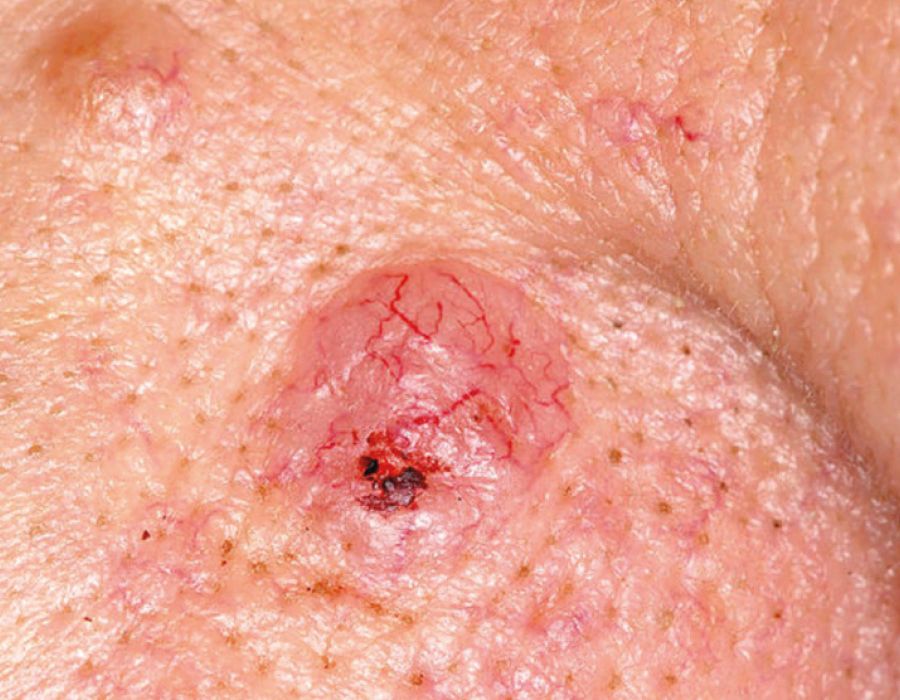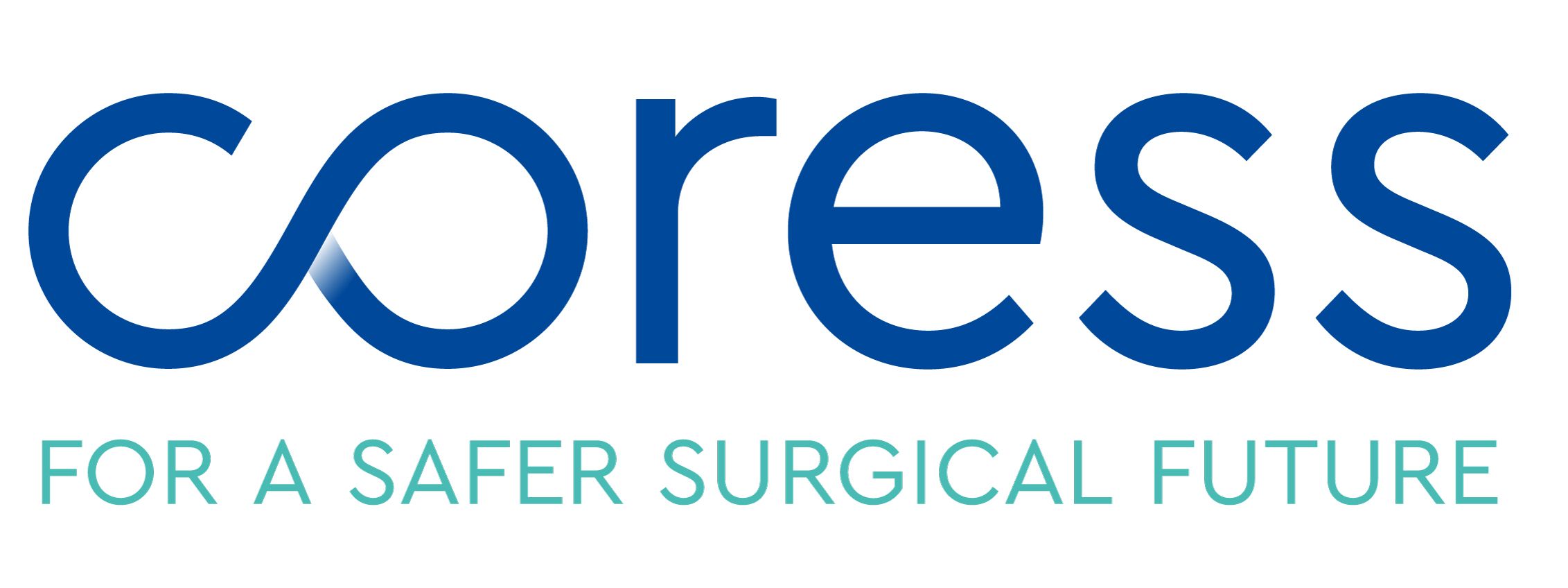Surgical safety update
Wrong-site excision
The following case was taken from Standardise, educate, harmonise. Commissioning the conditions for safer surgery. Report of the NHS England Never Events Taskforce. February 2014.
A 56-year-old woman was referred by her GP for specialist opinion after discovering an abnormal skin lesion on her shoulder. A basal cell carcinoma was suspected. She was seen as an outpatient at her local hospital and referred for surgery. A series of administrative errors and miscommunications delayed her operation date, which was finally scheduled three months after her initial referral.
When the patient attended for surgery she was told the consultant surgeon she had seen in outpatients, and whom she expected would perform the operation, was on holiday and that another staff-grade surgeon would perform the procedure. The surgeon who was to perform the operation had been expecting a day in clinic. On arrival at work, she discovered she would be operating instead. She was running late. A new pre-list briefing session had been introduced the previous week following a CQC inspection. This further delayed the list start time because people were unfamiliar with the new process. The operation site was not marked before the patient went into theatre. Local anaesthetic was administered and the operation was performed. It was later discovered that the checklist recorded the site as ‘marked’, the form having been completed ahead of the list to ‘save time’. Histopathology reported that the lesion was non-malignant. A second procedure, wide-local excision, was therefore not considered necessary.
Three days following the procedure the wound dressing came loose. The patient examined the wound area, which was very red. She noticed the suture line was in a position away from the original lesion area and realised the original lesion of concern was still present.
The patient arranged an urgent follow-up appointment and was seen by the operating surgeon who, although acknowledging she had operated on a lesion that the patient had not expected, did not admit a mistake had been made. A further biopsy was arranged for the following week, at which the original lesion was excised and proved positive for basal cell carcinoma.

It’s vital that operation sites of lesions are clearly marked to avoid the wrong lesion being excised
It’s vital that operation sites of lesions are clearly marked to avoid the wrong lesion being excised
CORESS comments
This case represents a never event. There were clear deficiencies in adhering to procedural checks as outlined in the National Safety Standards for Interventional Procedures (NatSSIPs 2 – Centre for Perioperative Care, 2023)1 and in the British Society for Dermatological Surgery and British Association of Dermatologists Surgical Checklist Guidelines2. Nor did the clinician adhere to the Duty of Candour guidance with the patient.
The Royal College of Surgeons of England has a useful free e-learning module on the Duty of Candour3.
Checklist problems
A patient had a bradycardic cardiac arrest on the ward four days after an aortic valve replacement. There was a significant delay in restoration of cardiac output as the leads for a pacemaker box and the leads for external pacing/defibrillation were absent from the resuscitation trolley. The trolley and its contents are safety checked each morning against a checklist where each item is ticked as present. The leads were ticked as present, but were not in fact there, nor had they been removed in the period between the check and the cardiac arrest.
Reporter’s comments
This highlights potential issues with often repeated checklists where checklist fatigue can set in and complacency may occur, especially when items on the trolley are usually present. Checklists work well up until the point where they fail. Feedback obtained was that the checklist was time-consuming and complex to complete. Staff felt the checks were unnecessary as usually nothing was wrong. Checklists reduce the risk of adverse incidents, although do not eradicate risk altogether. Failure to use a checklist or incorrect usage increases the risk of harm.
CORESS comments
CORESS agreed with the reporter’s comments on checklist fatigue and the risk of paying lip service to a list without actually undertaking required checks. This incident is a valuable reminder of the purpose of a checklist and the potential for lack of engagement if staff cannot perceive that purpose. Involvement of staff in design of the checklist has been shown to improve checklist implementation.
Wrong-site surgery
A four-year-old child was listed for umbilical hernia repair. On the day of surgery, the child was upset and difficult to examine. In an attempt to placate her, the trainee drew a midline smiley face as a site mark in the epigastrium. Consent was taken for umbilical hernia repair. The child came to theatre with their parent and was checked in, although the site mark was not inspected.
Once in theatre, the time out was performed before the surgeon scrubbed and the patient was prepared and draped. The trainee scrubbed with a junior colleague and started the procedure, making an incision in the epigastrium at the position of the site mark. The consultant entered theatre just after the incision was made and noted the error. The consultant then scrubbed in and undertook the correct procedure. The family were informed and received feedback from the root cause analysis investigation.
Reporter’s comments
Two things stood out in the case review. One was the site mark which was distracting. The trainee reflected that they thought the child was having an epigastric hernia repair as they commenced the incision. The second factor was that despite undertaking appropriate checklists, this failed to prevent what was classified as a never event, wrong site surgery.
CORESS comments
Surgical standards for incision site marking are outlined in detail in the national Safety Standards for Interventional Procedures (NatSSIPs 2 – Centre for Perioperative Care, 2023)4. Site marking is covered in the preoperative World Health Organization checklist and this was an opportunity to have clarified that the proposed incision corresponded with the operation to be undertaken.
|
References 2. www.bsds.org.uk/resources/bsds-bad-guidelines 3. www.rcseng.ac.uk/standards-and-research/standards-and-guidance/good-practice-guides/duty-of-candour Harriet Corbett Programme Director on behalf of the CORESS Advisory Board
Frank Smith CORESS Board of Trustees We are grateful to those who have provided the material for these reports.
The online reporting form is on our website, coress.org.uk, which also includes
CORESS is an independent charity supported by AXA Health and the MDU
Published cases will be acknowledged by a Certificate of Contribution, which may be included in the contributor’s record of continuing professional development. |

